eReceipt automates receipt data transfers, because in an eReceipt the data is automatically combined with the transaction. To make this possible, the information on the receipt must be transmitted in structured format. Otherwise, different types of software and data analytics systems cannot use the information. In this manner, the customer can share information entered on the receipt with its partners, such as entrepreneurs, consumers, the tax administration and financial institutions.
Structured product details and the VAT rate of each product are integrated into the eReceipt. For example, when making purchases with a charge card, there is no longer need for paper receipts or to scan them to the system in which expenses are entered in bookkeeping accounts, checked and forwarded for approval. The eReceipt information allows for automating posting and value-added tax itemisation.
Concrete benefits from the eReceipt
- Using the eReceipt reduces manual work in financial administration, leaving time, for example, for making more detailed analyses and forecasts.
- Up-to-date financial information can be used to support decision-making.
- Receipts are never lost
- The legibility of the receipts remains unchanged.
- With manual entry of data in many places eliminated, the possibility of errors also decreases.
- With the commissioning of eReceipt, the benefits of automation can be gained in the company’s financial administration.
- The eReceipt reduces the amount of paper needed in financial administration and helps it operate more responsibly and in an environmentally friendly manner.
The aim is to make the eReceipt part of companies’ daily routines
One purpose of the Real-Time Economy project was to encourage companies to use the eReceipt and make it part of their everyday routines. Companies can use the data contained in eReceipts in their own financial administration systems. The aim in the project was that at least 20% of receipts transmitted between companies in Finland are eReceipts by the end of 2023. By the year 2025, at least 80% of all receipts transmitted between companies should be in structured format.
Read more:
Real-time economy – Valtiokonttori
